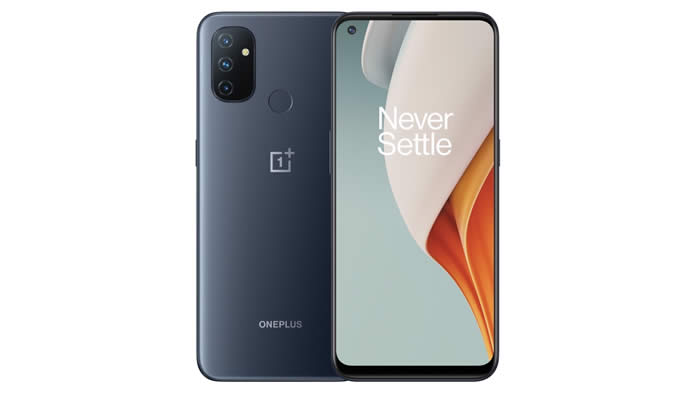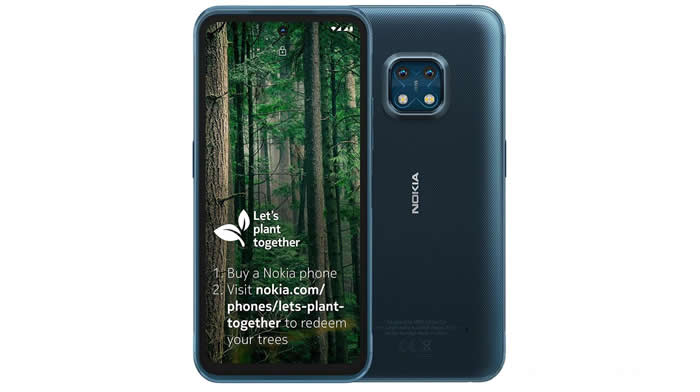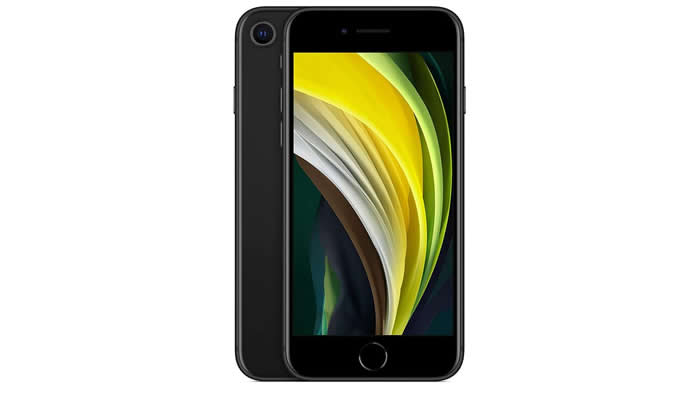If you’re buying a first phone for a child there are a lot of things to consider, including what you want them to be able to use it for, how much control you want over it, and how much you want to spend.
We’ll look at all of these considerations and more below, then further down we’ve selected some great smartphone options that are worth checking out.
Finally, we’ve taken a look at the types of plans that might be best for a child. So armed with all of this information you should be ready to choose a first phone and plan for your child.
Things to consider
Below we’ve covered all the key things that you should consider before buying the first phone for a child.
What’s the phone for?
The first thing to consider is what you actually want your child to be able to do with their phone. If it’s just for calling and texting, then a feature phone or something even more basic could be a better choice than a smartphone, especially if you don’t want them to have internet access on the device.
But perhaps your child is a little older, or you want their phone to act as a source of entertainment too, in which case a smartphone with access to apps and games could be a better choice.
Also consider how you prefer to communicate – phone calls and texts might be fine, but perhaps you prefer WhatsApp or Skype, so getting a phone that can run those could be worthwhile. Similarly, if you want them to be able to communicate or play with their friends on their phone, then one that runs the relevant apps and games is key.
Generally this just means choosing a smartphone over a dumb one, but there are some differences in app availability on different operating systems (most notably when choosing between Android and iOS). Equally, if you want them to be able to play popular games like Fortnite Mobile, then it’s worth choosing something with respectable power, so that it can run these games well.
Do you need something that’s built to last?
Another thing to consider – particularly for younger children – is the durability of the device. Kids aren’t always careful, and phones can be fragile, so choosing something rugged could be smart. Or if you don’t need loads of apps then more basic phones tend to be hardier too.
Things to look out for here include the build of the body, with plastic typically being tougher than glass, and the protection used on the screen. If the specs list Gorilla Glass then that’s a good start, but the larger the number after that name the better, with Gorilla Glass Victus being better still (as of 2021). Or if you’re buying an iPhone, then the iPhone 12 range onwards sports Ceramic Shield, which is theoretically even tougher.
Whether the phone has water or dust resistance is worth considering too, with an IP68 rating typically being the best you can hope for on this front. That’s enough to submerge the phone 1.5 metres deep in water (or even more in some cases) for up to 30 minutes. Some rugged phones have additional durability specs, such as military certifications and drop tests, so these are all things to look out for too.
Battery life, parental controls, and price
Other things to think of are battery life, especially if they’re likely to forget to charge it, and parental controls, if you want additional input on what your child uses the phone for. With smartphones you can get apps like Kids Place Parental Controls that add controls, and some phones even come with parental controls built in. With less smart handsets though your options can be more limited – but then so is the phone itself.
And finally, it’s worth considering how much you actually want to spend on a phone for you child. If it’s something only to be used in emergencies, then a cheap handset might be best. That’s also true if there’s much danger of your child breaking it, or quickly outgrowing it and wanting something more advanced.
Which phones are best?
As noted above the best phone for a child will depend on their age and what you want them to be able to do with it, but below we’ve highlighted a few options for different use cases. This list is by no means exhaustive – it’s just designed to show you a few of the top options, and give you an idea of what’s out there.
OnePlus Nord N100

The OnePlus Nord N100 is a cheap but capable smartphone, ideal if you want something a bit better than a feature phone, but don’t want to spend a fortune on it.
It runs Android, and will handle most apps just fine, though it will struggle with demanding games, so bear that in mind if that’s a consideration.
Nokia XR20

If you want something that you’re sure is going to last some bumps and falls, then the Nokia XR20 is one of a number of good, rugged options.
This has tough Gorilla Glass Victus protecting its screen and a durable case. It’s scratch-resistant, drop-resistant, and water-resistant, so this has a good shot of surviving even around the most careless of kids.
Nokia 2720
.jpg)
If you just want something basic that your child can call and text on, then consider the Nokia 2720. It’s cheap, and with its flip-phone design the screen has some additional protection.
Like most feature phones this is also just generally less likely to break if you drop it than a smartphone would be.
Big buttons make it easy to use even for younger children, it has a long-lasting battery, and while it does have some apps the selection is relatively basic compared to an Android or iOS handset.
iPhone SE (2020)

The iPhone SE (2020) will be overkill for most young children, and more than you’d probably want to spend. But it’s the cheapest widely available iPhone, and Apple supports its phones for a long time, so you probably won’t need to upgrade anytime soon.
Plus, being an iPhone this has the full App Store available to it, making it a great choice if you want a phone that doubles up as an entertainment device for you child – and a terrible choice if you don’t.
{widget}
What plan should you go for?
Beyond the phone itself, it’s also worth considering what plan to get for your child. The options broadly are a Pay Monthly contract that comes with both a phone and allowances, a SIM Only plan where you have to source a phone separately, or Pay As You Go, if you don’t want to be tied into a contract at all.
If the whole phone idea is an experiment, then Pay As You Go could be the best option, since you’re not committed if things don’t work out. This could also be a good call if you don’t expect or want the phone to get used too much, since you can just top it up with a small amount of money.
On the other hand, Pay As You Go isn’t generally the cheapest choice if the phone is going to be used a lot. In that case, consider SIM Only – or if you want to lessen the initial outlay then a Pay Monthly contract with a phone included.
You’ll have to think more carefully about what allowances you might want with those options though, since you’re typically tied in for a while – though some networks such as Sky Mobile let you adjust your allowances whenever you want, while others like Three offer short 30-day SIM plans.
The main thing to consider here in any case is how much data you want. If you want your kid to be able to access online games and other services when away from home then a high allowance is a good idea, but if not, then keeping the allowances low could limit both their use and your spend.





.jpg)




